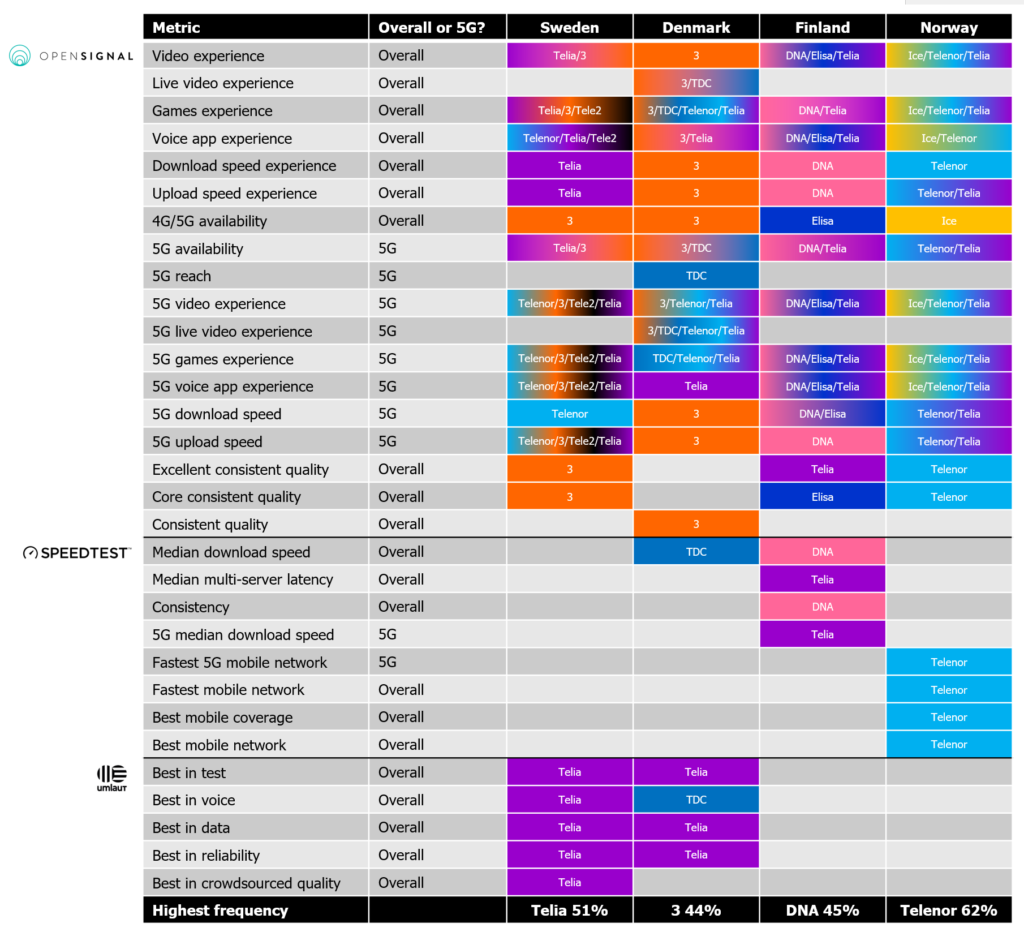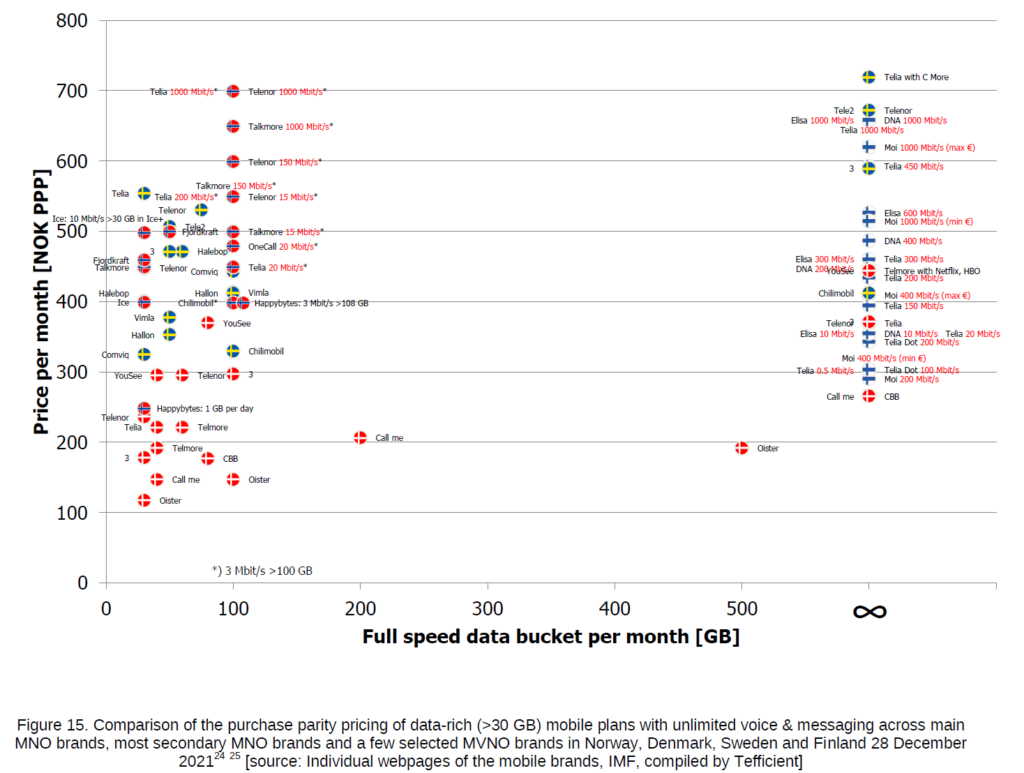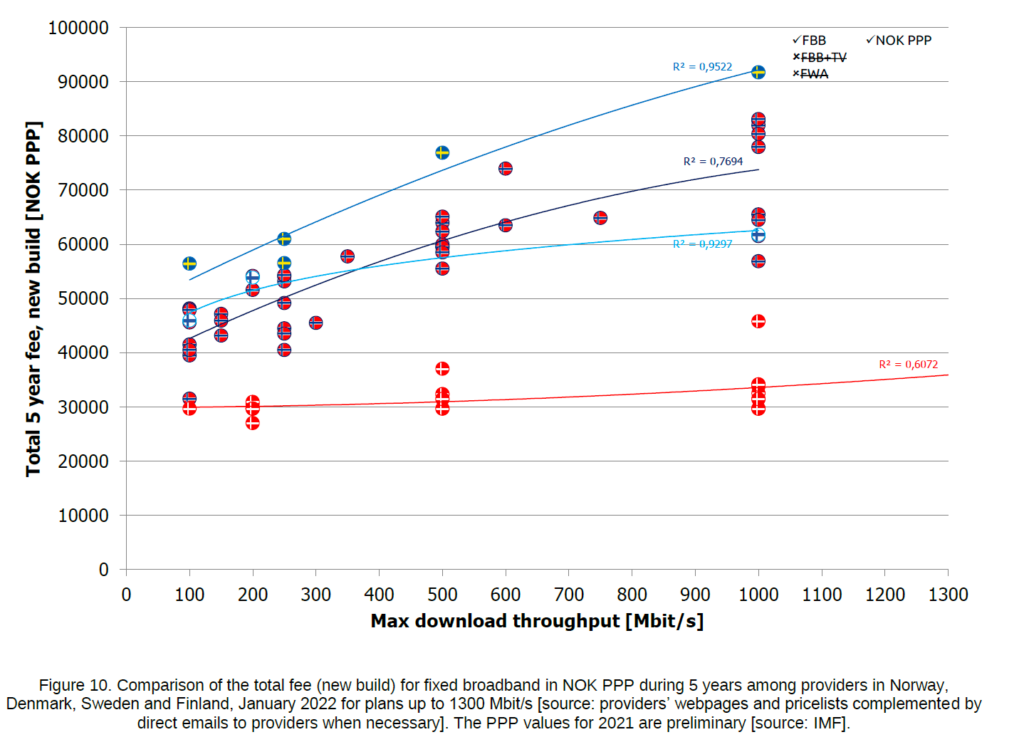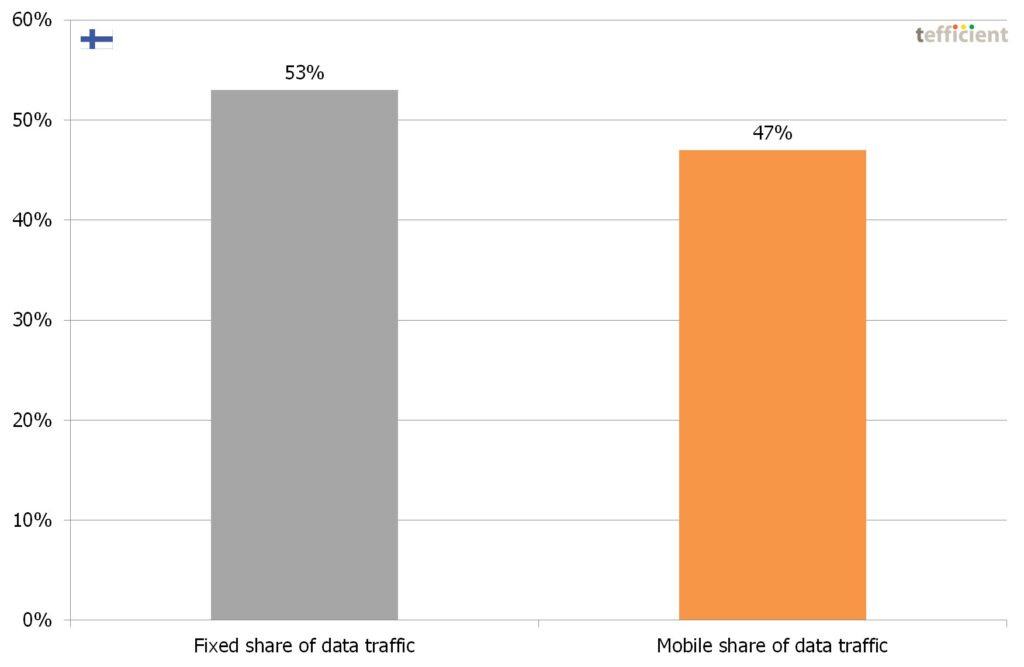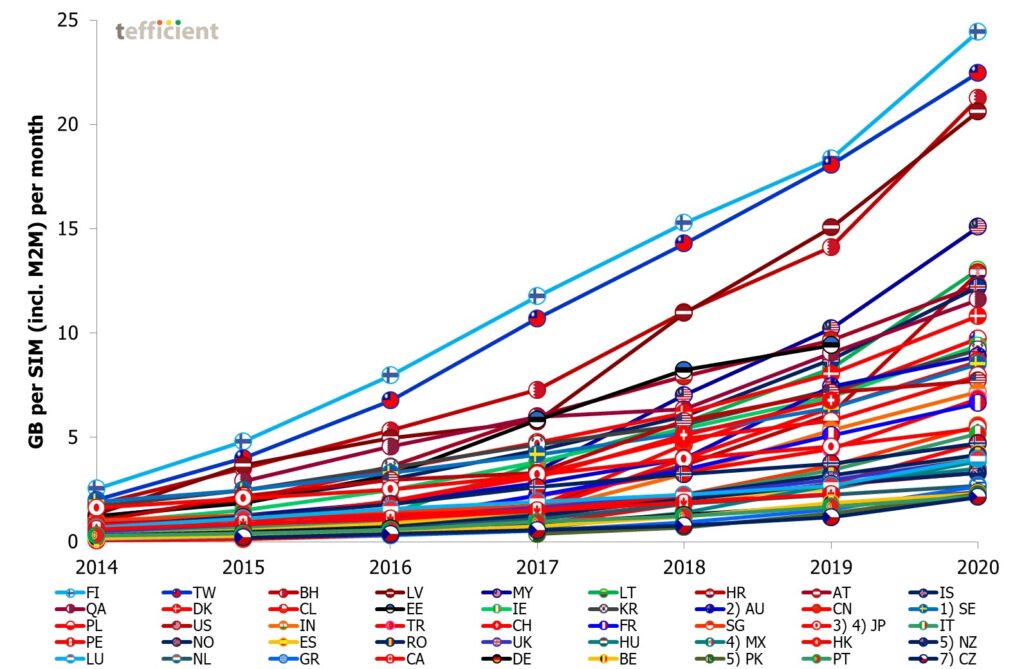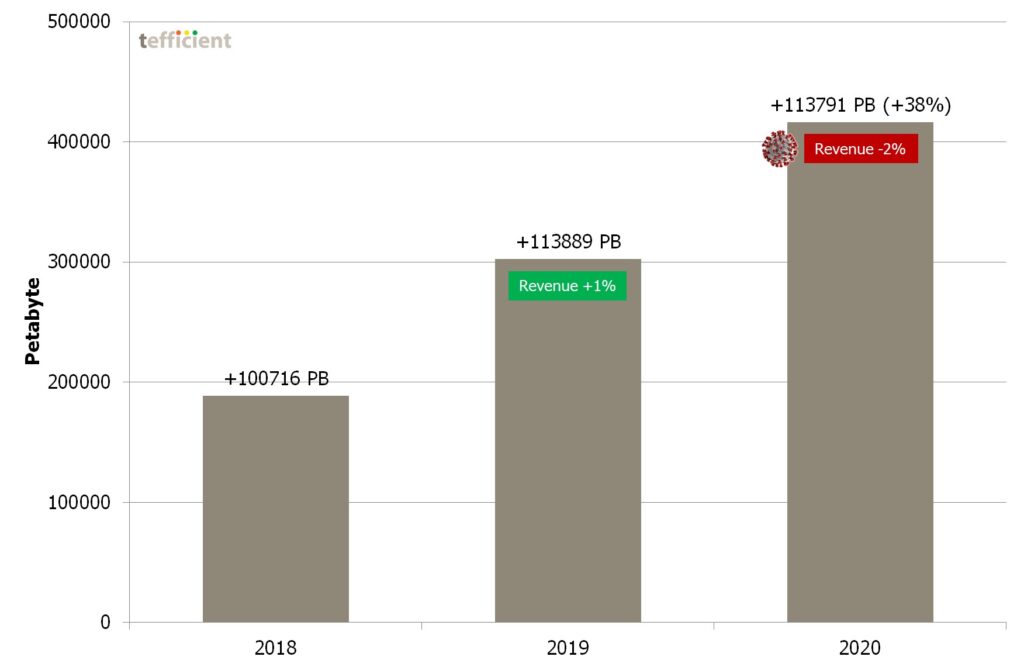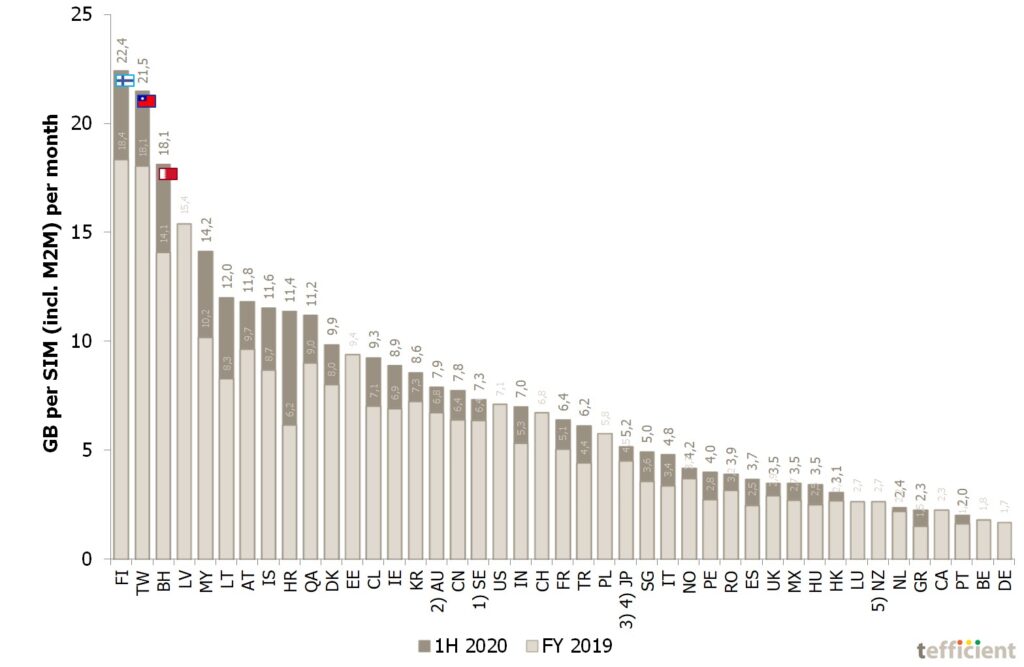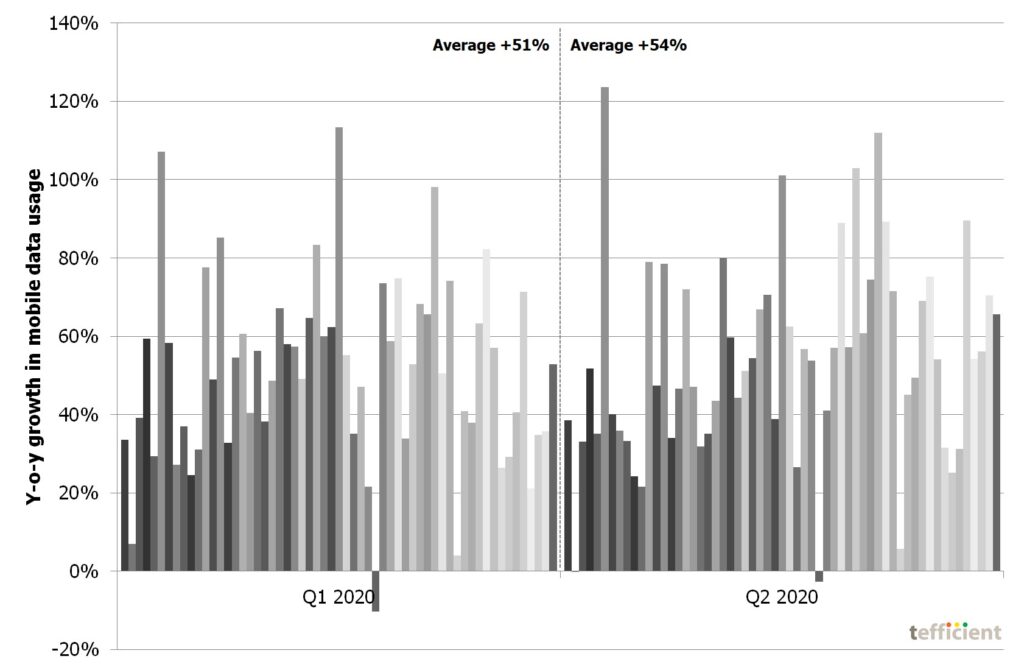Opensignal’s Global Mobile Network Experience Awards 2023 again showed that the mobile networks of Sweden, Finland – and especially Norway and Denmark – provide some of the best experiences in the world. Some Nordic operators are even top ranked in Opensignal’s 5G Global Mobile Network Experience Awards.
But there are several companies – some with global, some with local ambitions – that offer their take on who has the best mobile network. To differentiate, providers define different metrics and use different methodologies. Rather than boring you with those, we have compiled a cross-case table naming the winner per each metric across three global network experience specialists: Opensignal (now having merged with Tutela), Ookla Speedtest and umlaut.
We have included the latest overall or 5G-specific tests made public in Q4 2022 or 2023.
